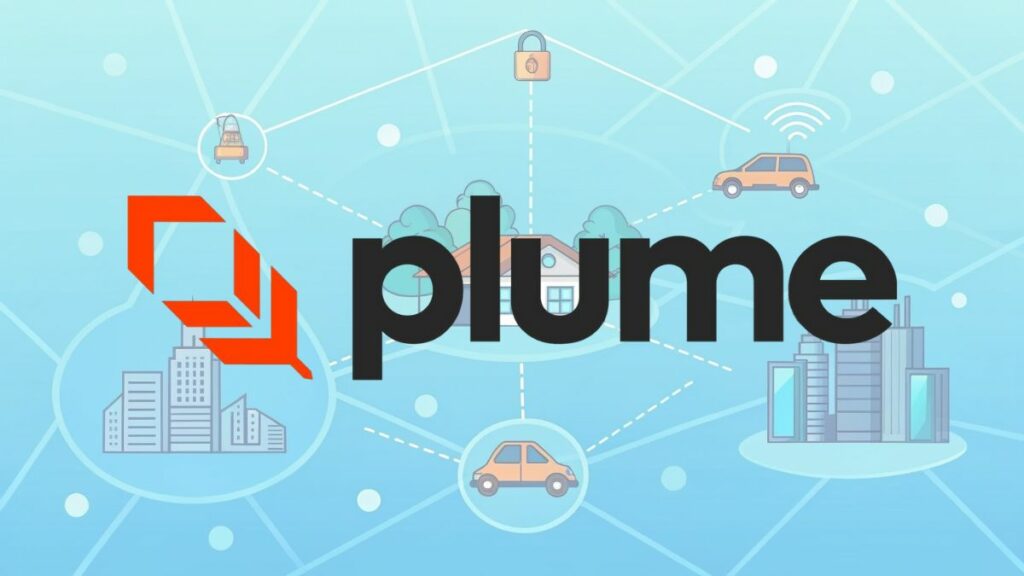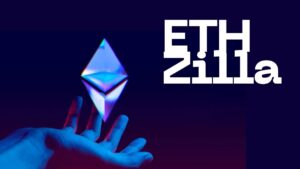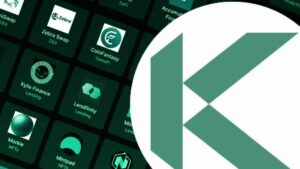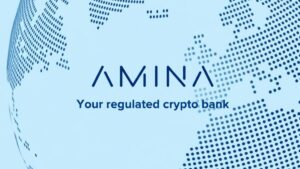As a dedicated solution, Plume Network leverages blockchain technology to unite traditional finance and decentralized finance by tokenizing real-world assets. It addresses fragmentation challenges within the sector, providing a unified ecosystem for streamlined management and adoption of these tangible assets within the digital economy. In this article, we will take an in-depth look at a platform that is revolutionizing the way crypto investors access RWAs. Let’s get started!.
What Is Plume Network

Plume Network positions itself as a pioneering blockchain infrastructure specifically engineered to unlock the vast potential of RWAs within the cryptocurrency ecosystem. Its core mission is to bridge the gap between TradFi and DeFi by making it seamless to bring tangible, off-chain assets onto the blockchain as tokenized representations.
Plume Network aims to solve the significant fragmentation and complexity currently hindering the real-world assets sector by providing a unified environment.
The First L2 for All Real-World Assets
Plume Network distinguishes itself by being branded as the first modular Layer 2 blockchain dedicated exclusively to the entire lifecycle of RWAs. It’s not just a protocol for tokenization, but a comprehensive ecosystem designed to support RWA projects from inception through trading and beyond.
This specialization allows it to cater specifically to the unique needs of asset issuers, investors, and developers working with tokenized real-world value, offering a purpose-built home for this rapidly growing asset class.
An All-in-One RWA Solution
A key value proposition of Plume Network is its integration of essential services directly into its chain. It goes beyond simple token creation by incorporating critical components like compliant on/off-ramps for fiat currency, secure asset custody solutions, and seamless integration with DeFi applications.
This “all-in-one” approach drastically simplifies the process for both issuers launching RWA tokens and investors seeking to access and manage them, removing the need to navigate multiple disparate platforms.
Building a Thriving RWA Ecosystem
Plume Network actively cultivates a robust ecosystem specifically for RWA. It fosters an environment where developers can easily build tailored DeFi applications for RWAs, asset issuers find streamlined tools for compliant token launches, and investors gain efficient access to a diverse marketplace of tokenized tangible assets.
By concentrating RWA activity onto a single, optimized chain, Plume enhances liquidity, improves user experience, and aims to accelerate the mainstream adoption of tokenized real-world assets within the crypto space.
How Plume Network Works

Plume Network functions as a specialized Ethereum Layer 2 rollup, meticulously architected to streamline the complex processes involved with RWAs. Its technical foundation leverages a modular stack, separating execution, settlement, consensus, and data availability layers for optimized performance and scalability.
Key to this is utilizing Celestia for cost-effective, high-throughput data availability, ensuring transaction data is verifiably published without burdening Ethereum. Plume employs optimistic roll-up technology for execution, batching transactions off-chain before submitting proofs to Ethereum L1 for final settlement, enhancing speed, and reducing costs while inheriting Ethereum’s robust security.
The network also integrates EigenLayer for decentralized sequencer selection, further bolstering decentralization and censorship resistance.
Modular Rollup Architecture
Plume’s core operational framework is its modular design. By decoupling the essential functions of a blockchain, it achieves greater efficiency and flexibility. The execution layer processes RWA-specific transactions rapidly off-chain. Settlement and dispute resolution occur on Ethereum L1, providing strong security guarantees.
Consensus is managed internally, while data availability is handled externally by Celestia, dramatically lowering the costs associated with storing large amounts of transaction data compared to using Ethereum alone. This modularity allows Plume to optimize each layer specifically for the demands of RWA tokenization and management.
Integrated DeFi Composability Engine
Beyond basic token transfers, Plume embeds deep DeFi functionality directly into its layer. It features a native, integrated DEX and seamless connections to lending/borrowing protocols specifically designed for RWAs. This built-in composability allows tokenized assets minted on Plume to be instantly tradable, usable as collateral, or integrated into yield-generating strategies within the same environment.
Developers can easily deploy RWA-tailored DeFi applications leveraging this native liquidity and interconnectedness, removing the friction of bridging assets to external DeFi platforms and fostering a vibrant, self-contained financial ecosystem for RWAs.
Automated Compliance & Asset Management Layer
Plume incorporates sophisticated on-chain mechanisms to handle the critical off-chain aspects of RWA management essential for legal compliance and asset integrity. This includes secure, verifiable links to real-world data oracles providing necessary attestations.
Furthermore, the network automates complex processes like dividend distributions and corporate actions directly on-chain through smart contracts. It also integrates tools for enforcing jurisdictional regulations and investor accreditation during transactions, managed programmatically to ensure compliance is maintained efficiently and transparently throughout the asset’s lifecycle within the Plume ecosystem.
What is PLUME Token?
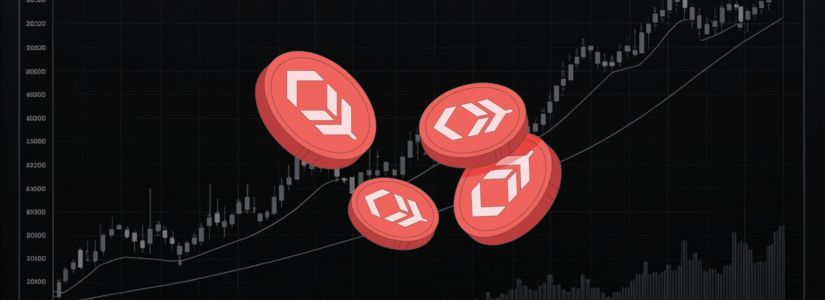
PLUME is the native utility and governance token powering the Plume Network ecosystem, designed specifically to facilitate and incentivize participation within its RWA-focused L2 blockchain. It serves as the essential fuel for all network operations, covering transaction fees for deploying RWA tokens, executing trades, interacting with DeFi protocols, and managing assets on the chain.
Beyond its fundamental role in network functionality, PLUME grants holders governance rights, enabling them to participate in critical decisions shaping the protocol’s future development, treasury management, and parameter adjustments through a DAO structure. The token is intrinsically linked to the network’s growth and the burgeoning RWA tokenization market.
Network Fuel & Governance Power
PLUME tokens are mandatory for conducting any activity on the Plume blockchain, acting as gas to pay for computation and storage. This creates inherent demand tied directly to network usage. Furthermore, PLUME functions as a governance token, allowing holders to stake their tokens to propose upgrades, vote on key protocol decisions, and steer the strategic direction of the Plume ecosystem, empowering its community.
Staking & Sequencer Participation
A core utility involves staking PLUME tokens to participate in network security and operations. Holders can delegate their tokens to validators or potentially run validator/sequencer nodes themselves, depending on the network’s final implementation. Sequencers are crucial for processing transactions efficiently. Staking PLUME incentivizes honest participation and secures the network, with participants earning staking rewards typically issued in PLUME tokens for their contribution.
Ecosystem Incentives & Fee Sharing
The token is central to Plume’s incentive mechanisms. PLUME is used to reward users and developers for activities that grow the ecosystem, such as liquidity provision on native DEXs, participating in specific RWA projects, or building essential infrastructure. Crucially, a portion of the fees generated from RWA activity within the Plume ecosystem may be distributed to PLUME stakers, aligning token holder rewards directly with the network’s financial success.
Is PLUME Token a Good Investment?
Evaluating PLUME as an investment involves weighing significant potential against inherent risks. Its value proposition ties directly to the success of the Plume Network and the broader adoption of RWA tokenization, a rapidly growing sector. Potential upside stems from the demand for gas, governance rights, staking rewards, and possible fee-sharing mechanisms driving token utility and scarcity.
Conclusion
Plume Network presents a comprehensive infrastructure designed to unlock the potential of RWA tokenization. By offering integrated services, specialized technology, and a dedicated ecosystem, it strives to streamline RWA adoption. Its success hinges on widespread acceptance within both traditional finance and the evolving DeFi landscape, carrying inherent sector risks.



